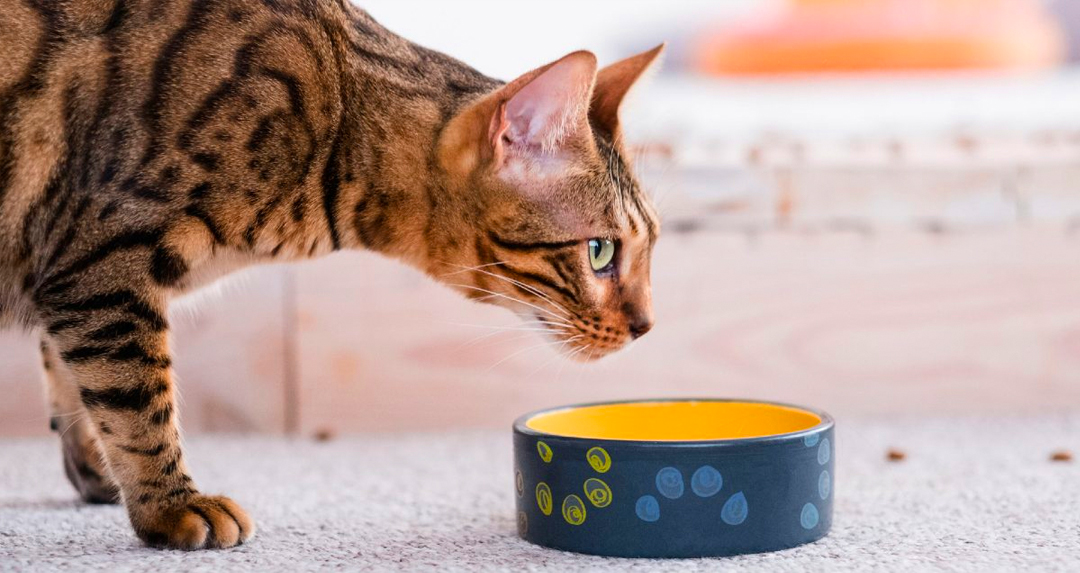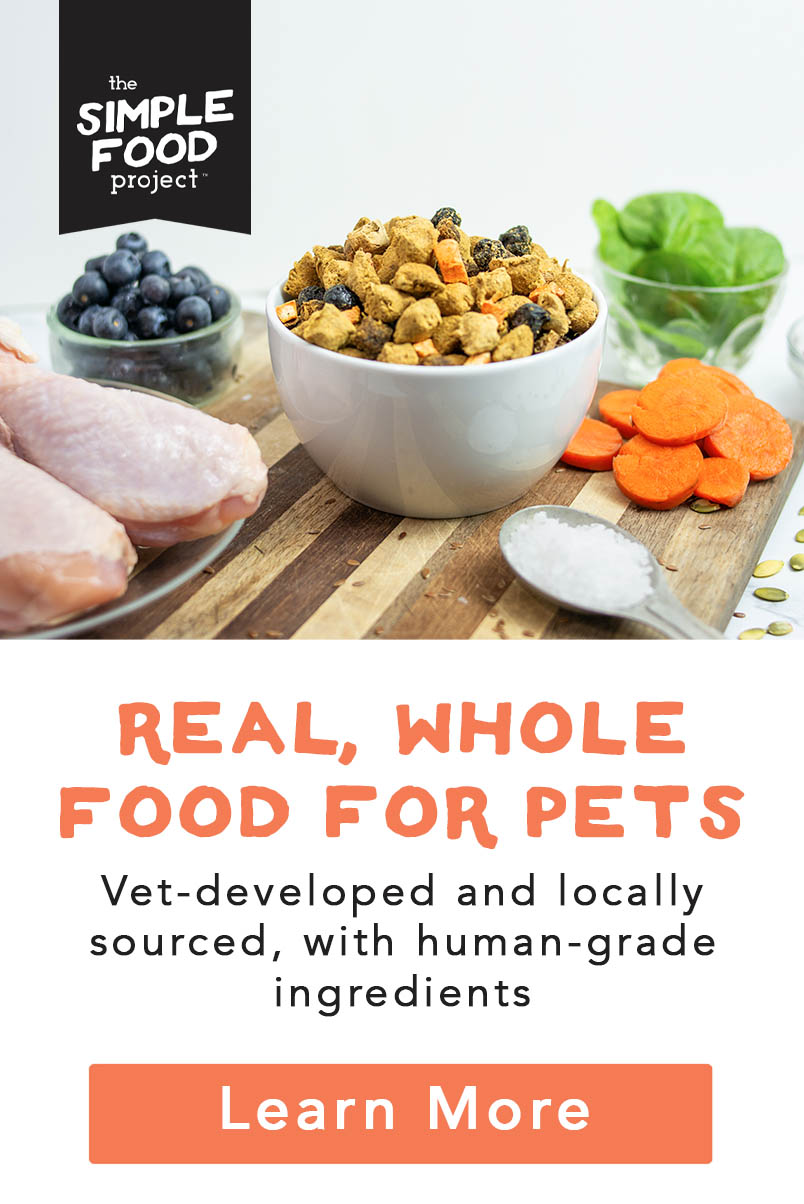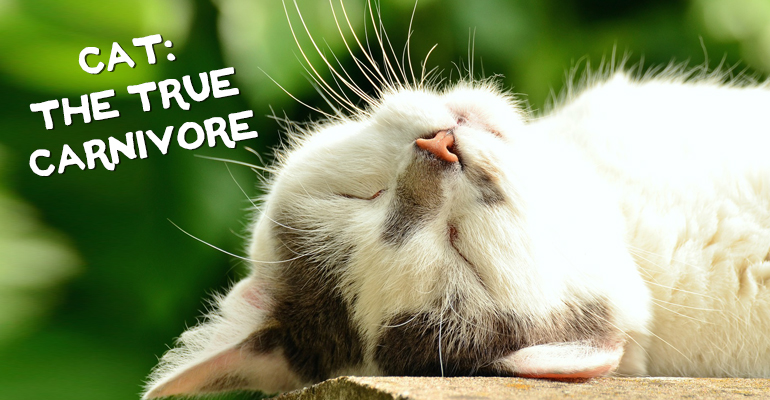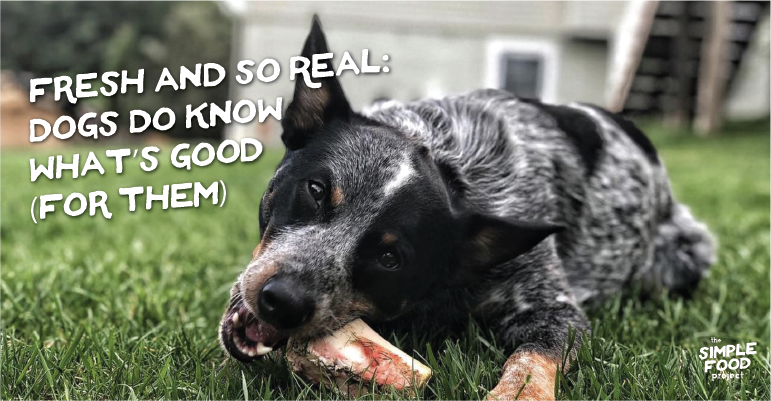Feed Cats What They Eat in the Wild? Myth or Exactly As Nature Intended
- Published:
- at
The pet food aisles offer more choices than ever before, so what should you feed your cat? The truth is, your little lionheart has almost the same nutritional needs as her wild cousins– a high protein, high moisture, low carbohydrate diet.
Let’s dig into the specifics of feeding nature’s perfect hunter.
On the Agenda
How Cat Biology Determines Nutritional Needs
Before we venture down the vole hole, we need to be in total agreement that cats are obligate or true carnivores. In short, they absolutely need, cannot live without meat and organs in their diet.
We’re on the same page. This is going great! (If you’re scratching your head, stop now. Read this.)
As obligate carnivores, cats also have unique dietary requirements. This just means they get certain vitamins and fatty acids from their diet because they’ve lost the ability to make certain amino acids and vitamins in their own bodies the way that omnivores and herbivores do.
So, we know they need more protein in their diets as well as certain amino acids. Their physiology and anatomy offer ironclad proof that, as a species, cats are designed to eat prey. They’ve evolved characteristics that make them ideal for this role, like:



Sharp, pointed teeth for ripping and tearing
Short and simple g.i. tract to process raw meat in hours rather than days
Highly acidic stomach to handle the bacterial load found in fresh prey

Sharp, pointed teeth for ripping and tearing

Short and simple g.i. tract to process raw meat in hours rather than days

Highly acidic stomach to handle the bacterial load found in fresh prey
And, as if we needed further evidence, we need only look to the feral or wild cat diet to understand what a domestic cat’s diet should consist of.
A recent study from the School of Veterinary Medicine, UC Davis, observed that wild or feral cats hunt and eat a combination of wild rodents and small birds.
The dietary analysis showed 67% water content, 62% crude protein, 11% crude fat, 14.8% ash, and 2% carbohydrates.[i]
Given A Choice, What Would Your Cat Eat?
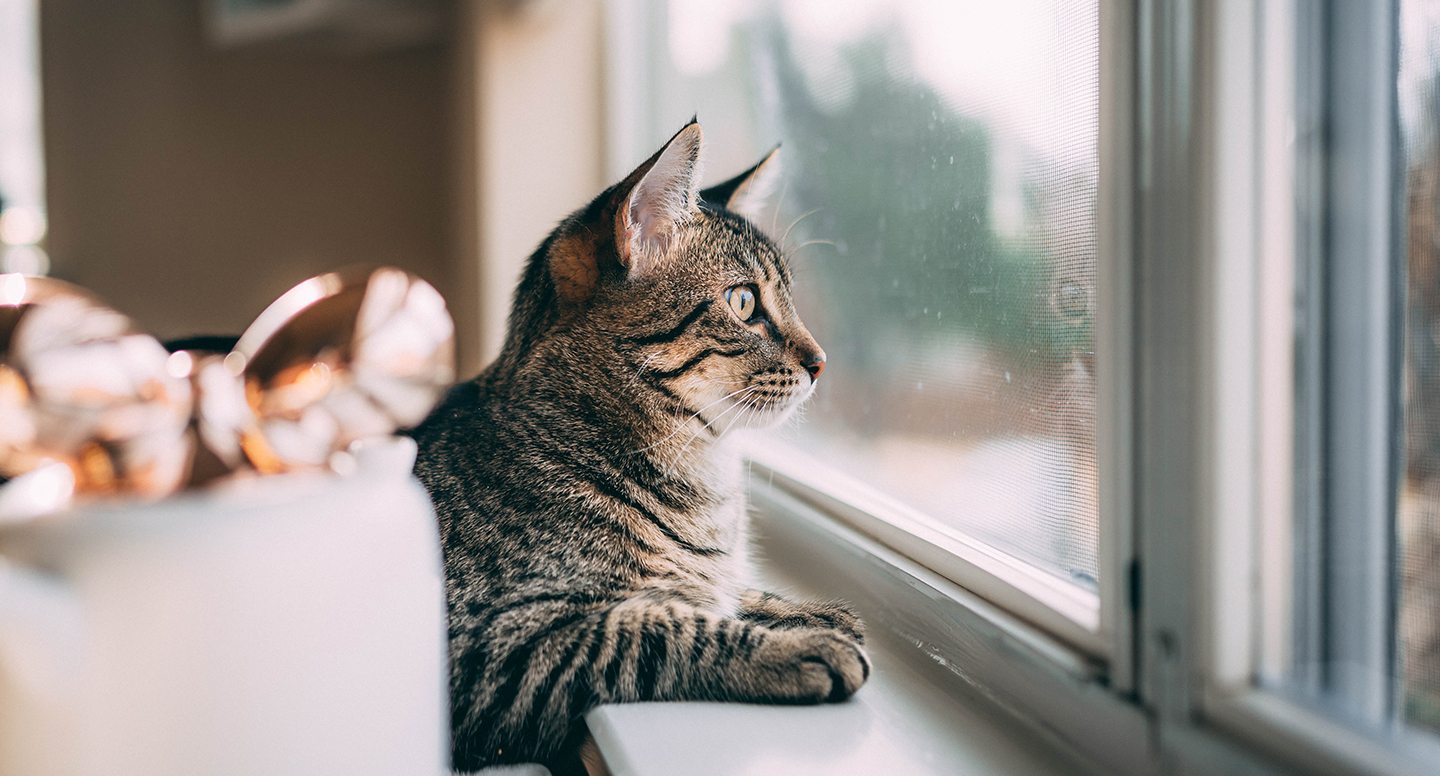
Additional research has actually provided rather substantial evidence that given the option, domestic cats would also pick a diet that was biologically appropriate for them, i.e., what they’d eat if in the wild.[ii]
Holistic veterinarian Dr. Karen Becker graciously translated the study to people speak to digest the most significant findings.[iii]
Every cat in the study chose the high-protein food over the high-carb food when given the option, even if there was less of the high-protein food available. When offered three foods, the cats mixed them to meet a daily percentage of 52% protein, 36% fat, and 12% carbs.
What Do These Numbers Say About a Cat’s Diet?
These numbers tell us that if cats had it their way, they wouldn’t be eating kibble, which is notoriously high in carbohydrates, 40% on average. (Carbs are needed to form and hold the kibble together during the extrusion process, not to mention grains are cheaper than meat). Instead, cats would opt for a high-protein food with moderate amounts of fat and low carbohydrates.
How to Meet The Nutritional Needs of Cats
We need to provide our kitties with food that comes as close to the wild or feral cat diet as possible, and the best cat foods would do that by meeting the three fundamental dietary requirements of cats.
#1
#2
#3
A Diet High in Moisture
A Diet Rich in Animal Proteins
A Diet Low in Carbohydrates
Cats Need A Diet High in Moisture
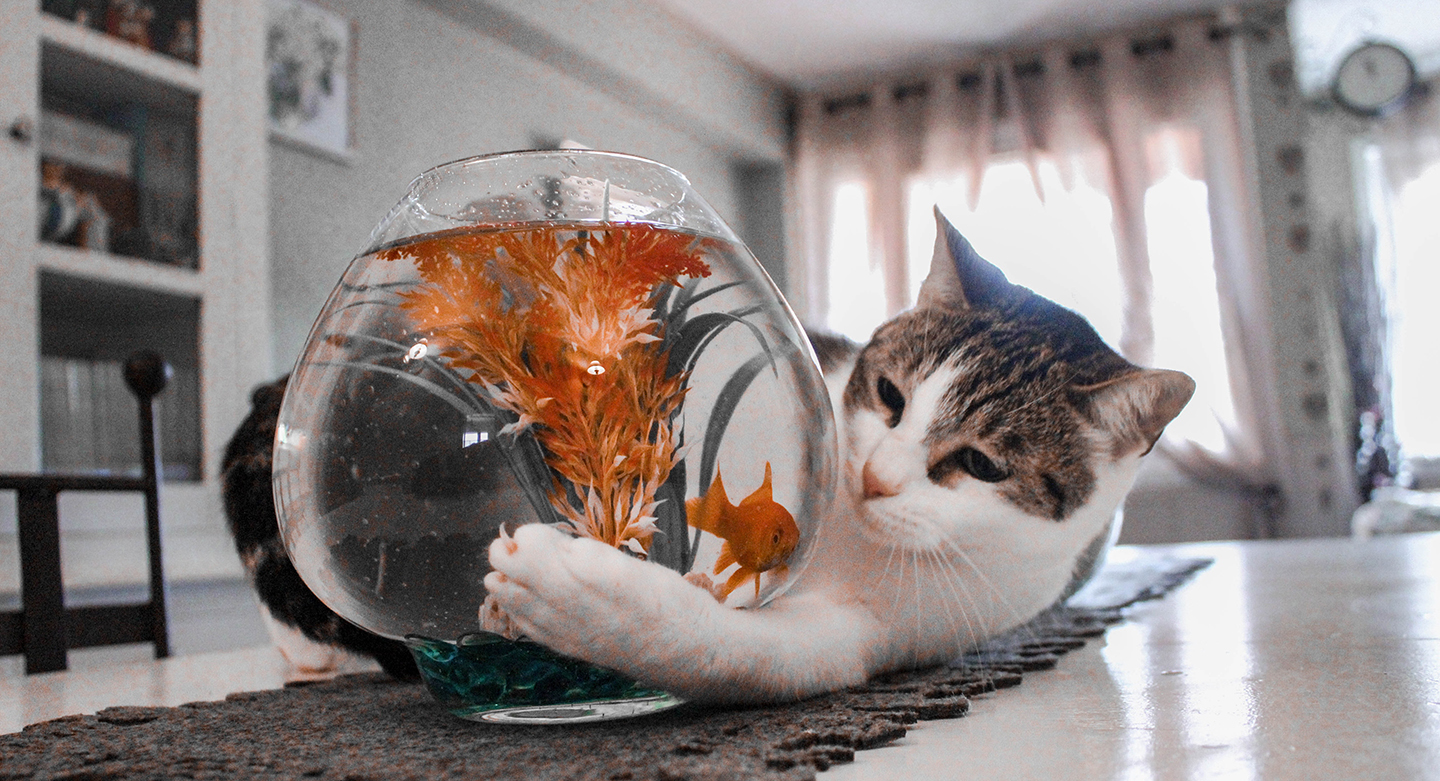
Cats tend to be solitary hunters, hunting throughout the day, usually catching and eating from 6 to 10 small rodents or birds per day. A cat would get incremental amounts of moisture from their prey several times throughout the day to nourish their body.
The wild cat’s normal eating behavior may actually play a role in why they are less sensitive to the sensation of dehydration than other species and have a very weak thirst drive. This also explains why today’s kibble-fed kitties are at such risk for chronic dehydration– especially because when cats are dehydrated, it takes longer to restore their water balance by drinking alone.
Knowing that feral cats get moisture through their prey and that their thirst drive isn’t doing them any favors, it just makes sense that domestic cats, too, need moisture in their food.
Whether it’s a raw diet, wet food, or a freeze-dried food that rehydrates, moisture needs to be a key component to their daily meals.
Cats Need Protein (Lots of It and From Animals)
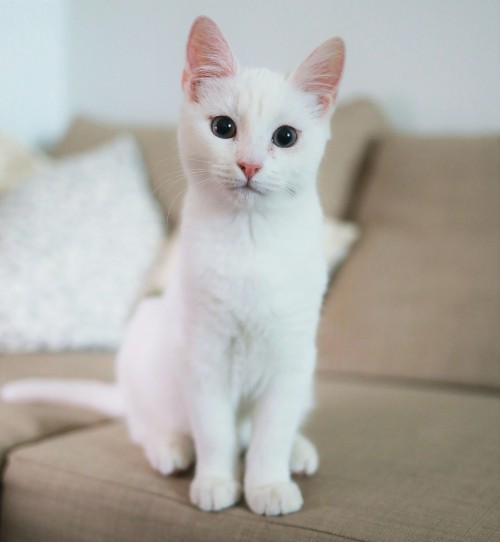
A small bit of biology in 4. 3. 2. 1. There are different types of protein, and protein quality depends not only on the source (i.e., whether it’s from an animal or plant) but also on who’s eating.
Animal proteins are considered “complete” proteins for cats (and dogs) because they offer all the amino acids (in the right amounts) that a cat or dog needs for growth, maintenance, and overall health.
On the other hand, “incomplete” plant proteins, like corn gluten or soybean meal, either don’t have the amino acids that cats (or dogs) need and/or aren’t available in the correct amounts. That includes taurine and arginine– essential amino acids crucial to cats’ health.
So, offering cats the right kind of protein is just as important as offering them a high-protein diet, and the best cat food brands will always be sure to do that with real, whole meats composing 80% + of the recipe.
Know that the guaranteed analysis won’t provide you this information. You have to call the company and ask how much of their recipe is made of human-grade meats.
Cats Need A Diet Low in Carbohydrates
For those who didn’t attend med school (this writer included), you may not know that glucose is what the body uses as energy. Healthy cats tend to have consistent blood glucose levels (aka energy) because, as carnivores, they are very practiced at making glucose (energy) from the amino acids obtained from a meat-based diet. This is a slow and steady process that provides consistent energy levels throughout the day. This really ensures that our kitties are proficiently powered for pouncing and the mandatory midnight zoom through the living room.
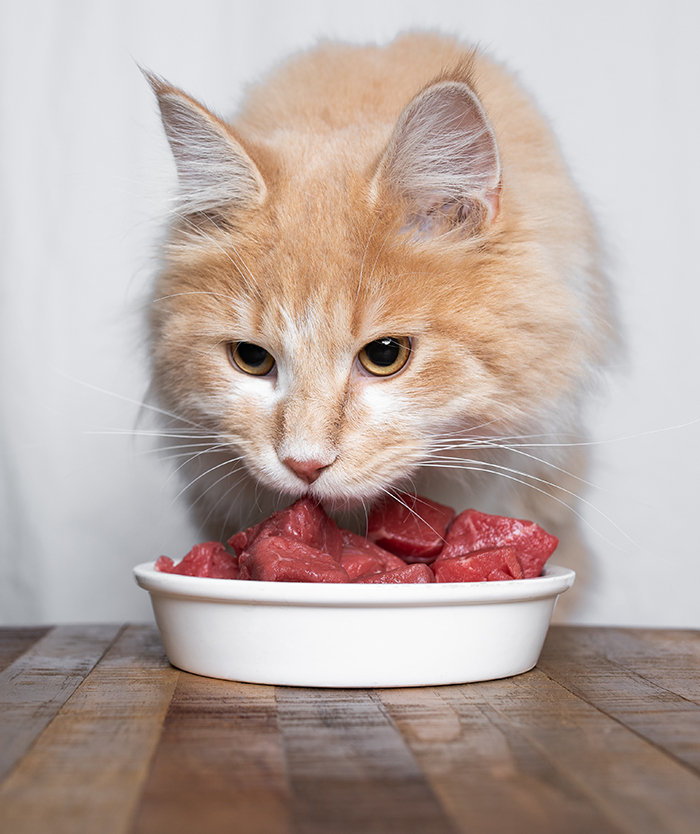
What Happens When Cat Food Contains Too Many Carbs?
When you eat, say, two donuts, you get that big jolt of sugary energy, but then your energy quickly plummets. So, it calls for a 2 pm stroll to your coworker’s candy drawer for a pick-me-up.
These extreme highs and lows in energy leave you feeling drained, but this rollercoaster can only occur because your body has the ability to cope with these big loads of glucose (i.e., sugar).
Cats don’t have this ability, though. So when they eat dry, carb-heavy kibble, they aren’t getting what we love about that big sugary rush of energy because carbs are the wrong type of energy for them. Instead, all of that glucose goes unused, floating throughout their bloodstream, leaving your cat famished because their body hasn’t been able to use any of the “food” they ate.
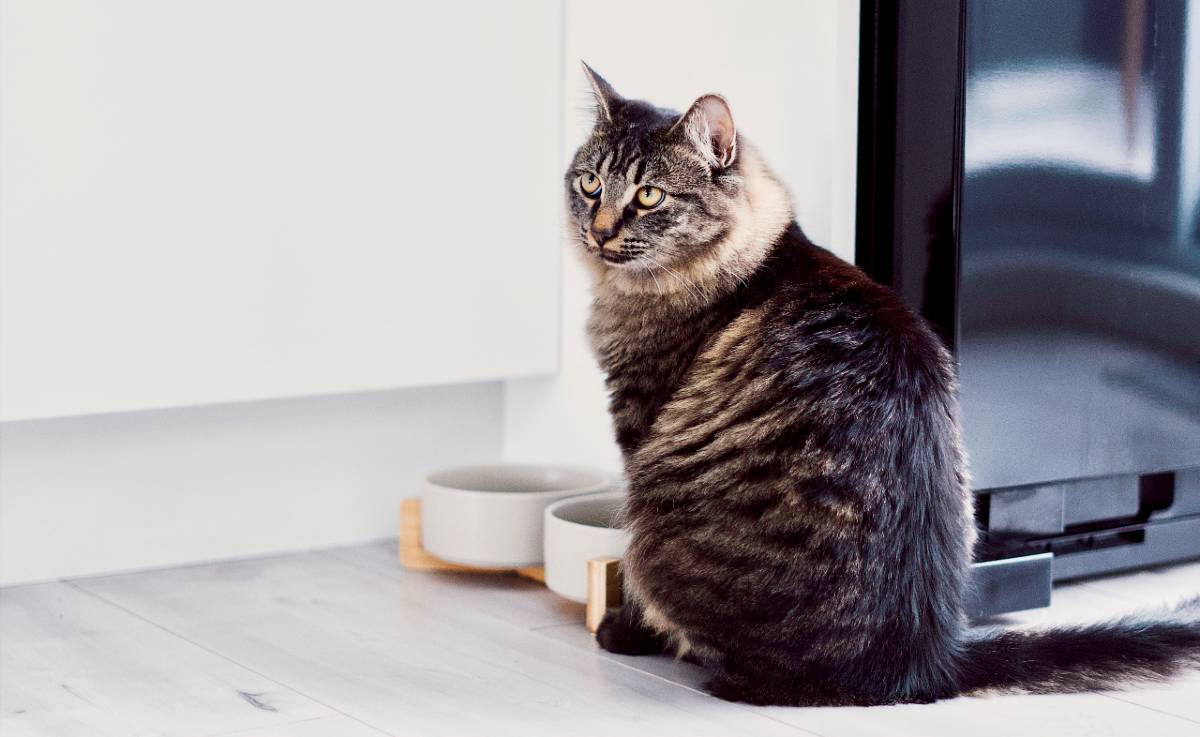
That’s just the short-term effect. In the long term, blood glucose levels stay high because of all of that unused glucose in the bloodstream, which leads to addiction, obesity, diabetes, and other health problems.
That’s why we recommend complete proteins, and when it comes to carbs for cats, less is more. The small percentage they do consume should be picked for the essential nutrients not gotten from meat– berries, leafy greens, and other species-appropriate carbs talked about here.
Food Your Indoor Carnivore Would Pick
Kibble isn’t just the biggest carb offender. Overall, most kibble fails to meet any dietary requirements for cats, which should really disqualify it as a viable option for any cat.
Unfortunately, many canned foods aren’t much better. They might be an improvement over kibble on the moisture front, but many still contain high-carb fillers and fall short on protein.
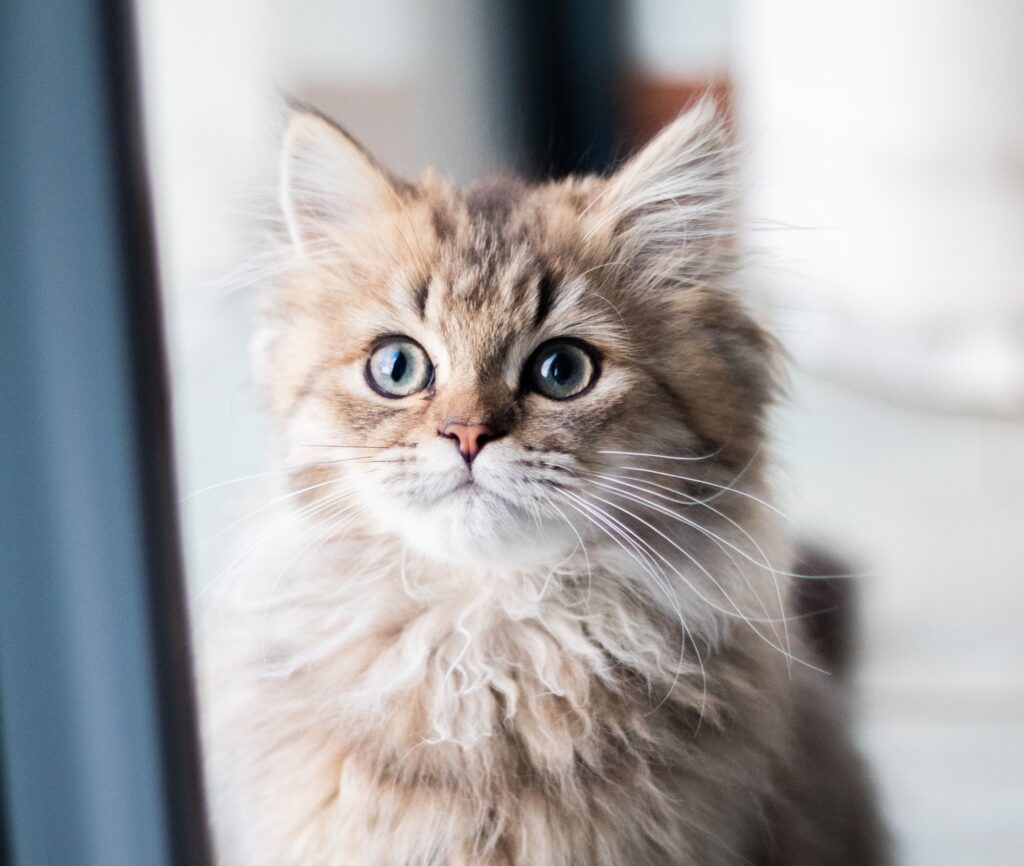
Just like her wild and feral cousins, your cat is going to flourish on a diet high in moisture, high in animal protein, and low in carbohydrates.
These aren’t suggestions or some New Age fad but requirements that need to be at the top of every pet parent’s list when considering which foods to feed their carnivore.
Remember, when in doubt, follow nature’s example and choose food made from high-quality, whole meats using the smallest percentage of nutrient packed-produce for your cat’s unique needs.
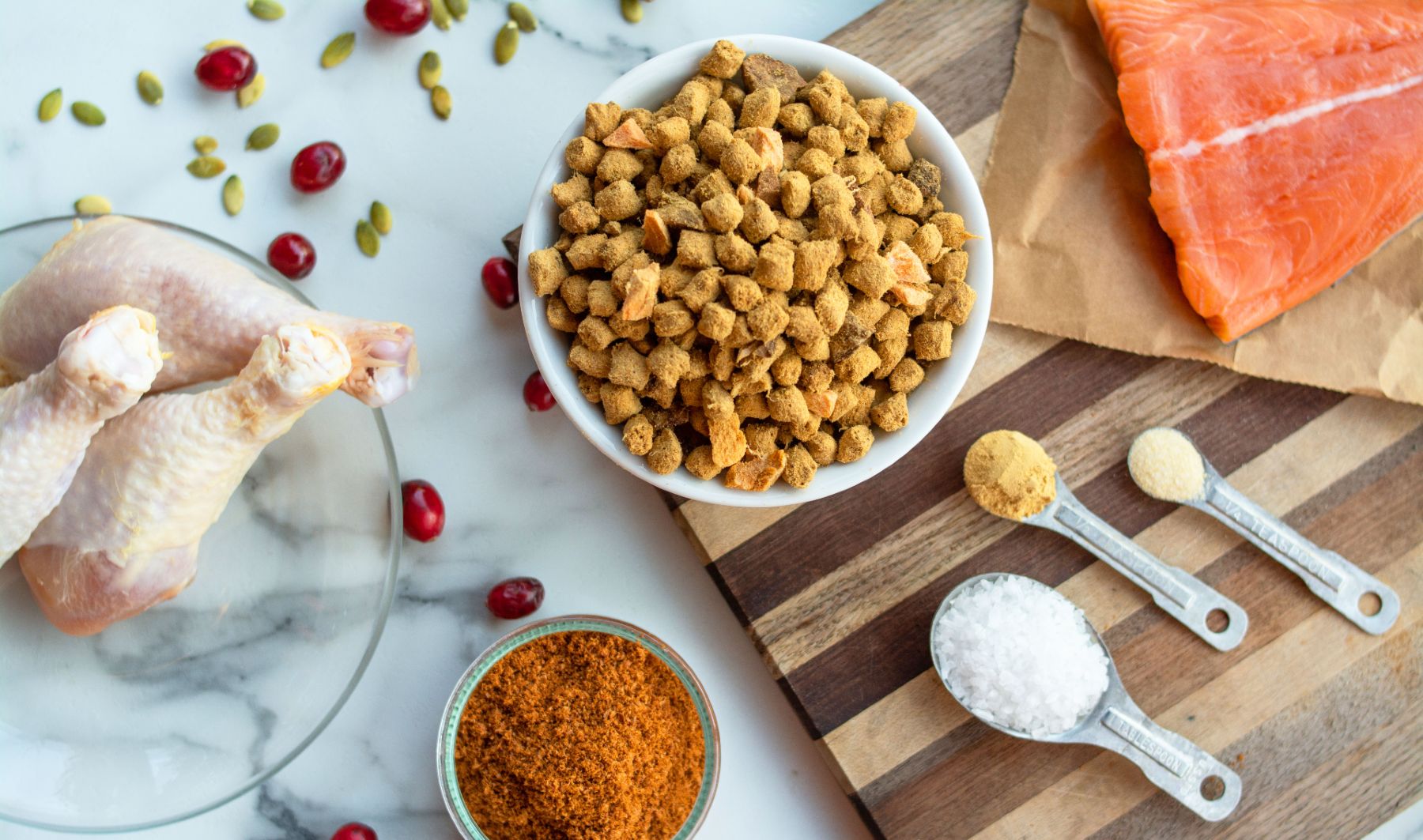
Diets like the Simple Food Project Recipes are already nutritionally balanced for your carnivore with whole foods only (no synthetic vitamins here, folks).
Even if you feed these recipes as a topper, you’re providing the most beneficial nutrition– antioxidants, vitamins, and minerals from whole foods, and key nutrients that a cat’s diet cannot get from meat alone (or from kibble, for that matter).
It’s real food made especially for your true carnivore, making it easy to put the right food on your cat’s plate daily.
[i] Kremen NA, Calvert CC, Larsen JA, Baldwin RA, Hahn TP, Fascetti AJ. Body composition and amino acid concentrations of select birds and mammals consumed by cats in northern and central California. J Anim Sci. 2013;91(3):1270–1276.
[ii] Hewson-Hughes, A. K., Hewson-Hughes, V. L., Miller, A. T., Hall, S. R., Simpson, S. J., & Raubenheimer, D. (2011). Geometric analysis of macronutrient selection in the adult domestic cat, Felis catus. Journal of Experimental Biology, 214(6), 1039-1051. doi:10.1242/jeb.049429
[iii] Becker, K. (2016, September 13). How Cats Choose the Food They Eat. Retrieved from https://healthypets.mercola.com/sites/healthypets/archive/2016/09/13/cats-choose-food-they-eat.aspx
Share this Post

CAT EATS MOUSE
MOUSE = COMPLETE PROTEIN
Remember, ALL the amino acids (AA) in the right amounts, that cats need to thrive.
PROTEINS ARE BROKEN DOWN INTO AMINO ACIDS (AA)
These protein chains need to be broken down so they can enter the bloodstream. (Remember those important amino acids like taurine + arginine?) .
Fun fact, this is where digestive enzymes like protease come in and break chains down
FIRST – AA’S BUILD + RESTORE THE BODY
They get put back together and sent anywhere proteins are needed like muscles and tissue, etc.
LEFTOVER AA’S ARE CONVERTED INTO INACTIVE GLUCOSE
This process is called gluconeogenesis.
THEN IT’S CONVERTED TO ACTIVE GLUCOSE (THE KIND CELLS CAN ACTUALLY USE)
Liver enzymes (fancy name, Hexokinase) slowly convert inactive glucose to active glucose that cells can use for steady levels of energy throughout the day.
PANCREAS RELEASES INSULIN
The pancreas is the watchman for glucose sending insulin to move active glucose into the cells.
INSULIN + ACTIVE GLUCOSE CAN MOVE INTO THE CELLS
Insulin is like a VIP pass into the cell via insulin receptor.
ACTIVE GLUCOSE IN CELLS = ENERGY
WHICH MEANS ZOOMIES!

CAT EATS MOUSE
MOUSE = COMPLETE PROTEIN
Remember, ALL the amino acids (AA) in the right amounts, that cats need to thrive.
PROTEINS ARE BROKEN DOWN INTO AMINO ACIDS (AA)
These protein chains need to be broken down so they can enter the bloodstream. (Remember those important amino acids like taurine + arginine?) .
Fun fact, this is where digestive enzymes like protease come in and break chains down
FIRST – AA’S BUILD + RESTORE THE BODY
They get put back together and sent anywhere proteins are needed like muscles and tissue, etc.
LEFTOVER AA’S ARE CONVERTED INTO INACTIVE GLUCOSE
This process is called gluconeogenesis.
THEN IT’S CONVERTED TO ACTIVE GLUCOSE (THE KIND CELLS CAN ACTUALLY USE)
Liver enzymes (fancy name, Hexokinase) slowly convert inactive glucose to active glucose that cells can use for steady levels of energy throughout the day.
PANCREAS RELEASES INSULIN
The pancreas is the watchman for glucose sending insulin to move active glucose into the cells.
INSULIN + ACTIVE GLUCOSE CAN MOVE INTO THE CELLS
Insulin is like a VIP pass into the cell via insulin receptor.
ACTIVE GLUCOSE IN CELLS = ENERGY
WHICH MEANS ZOOMIES!

Dr. Chris Bessent
Chris Bessent, DVM, MSOM, Dipl. OM, L.Ac. has over thirty years of experience in veterinary medicine including certificates in veterinary acupuncture, veterinary chiropractic and veterinary Chinese herbology. Imbued with Eastern philosophy and the knowledge that food is the foundation of health, Dr. Bessent also received her degree in veterinary nutrition and began to formulate recipes fit for a carnivore from nothing but whole foods. Currently, she divides her time between the Simple Food Project and Herbsmith, both of which are owned and operated out of her facilities in southeastern Wisconsin.

Kayla Behling
Kayla is the Content Editor for The Simple Food Project. She has a cat named Professor Cat-Faced Meowmers, who goes by Kitty, and a goof of a dog, named Duck. She stays busy biking trails, playing board games, and searching for the next best craft beer.
